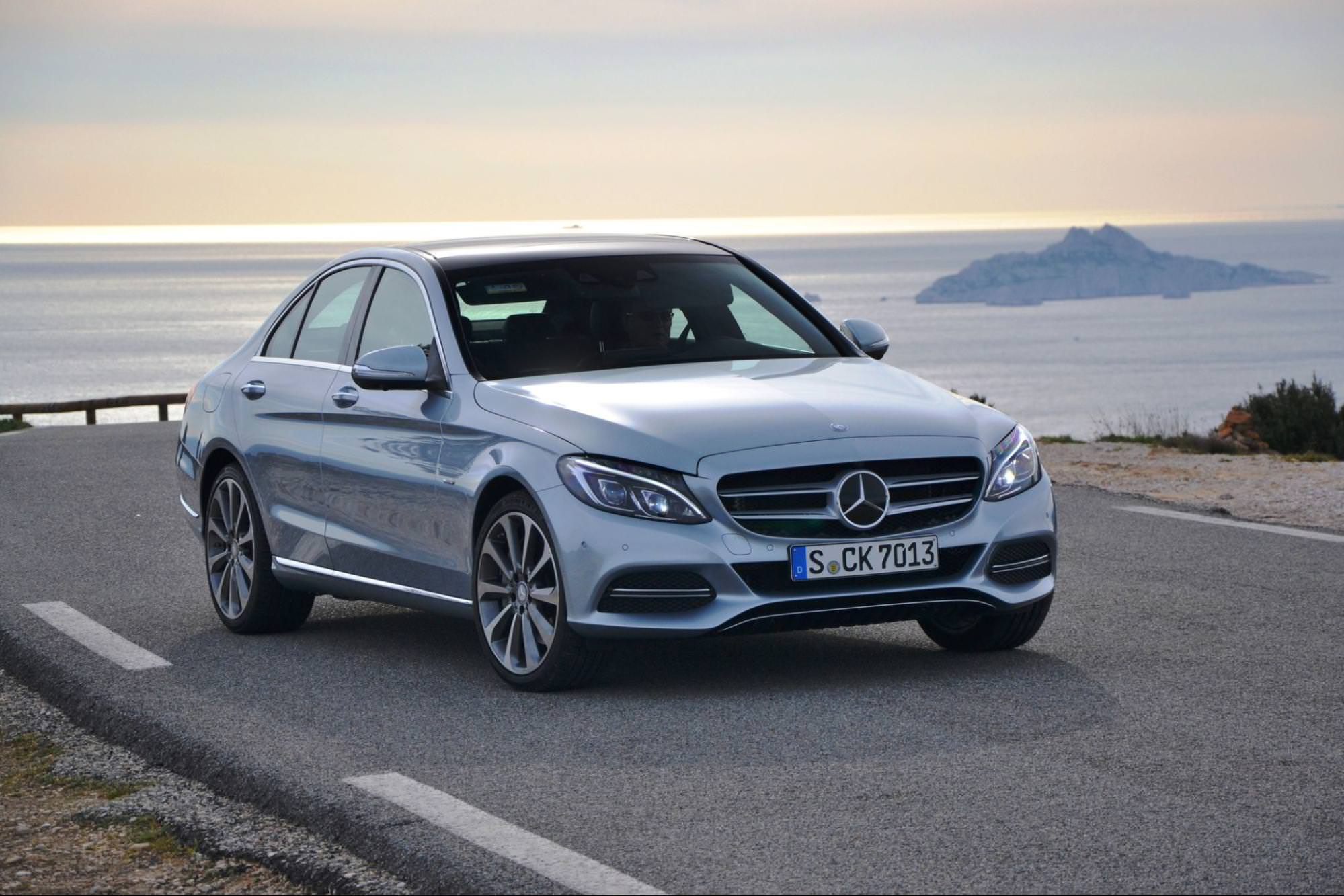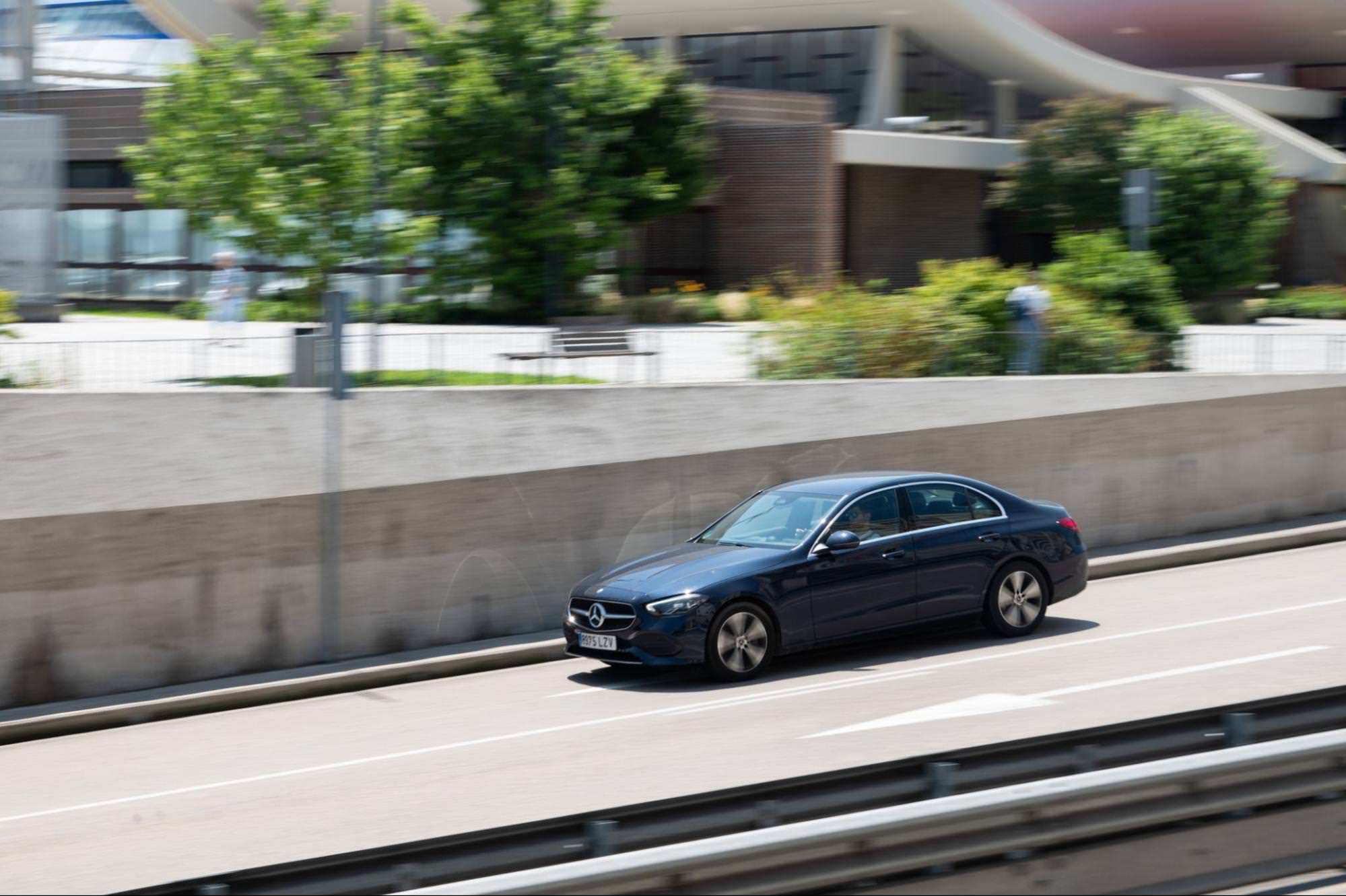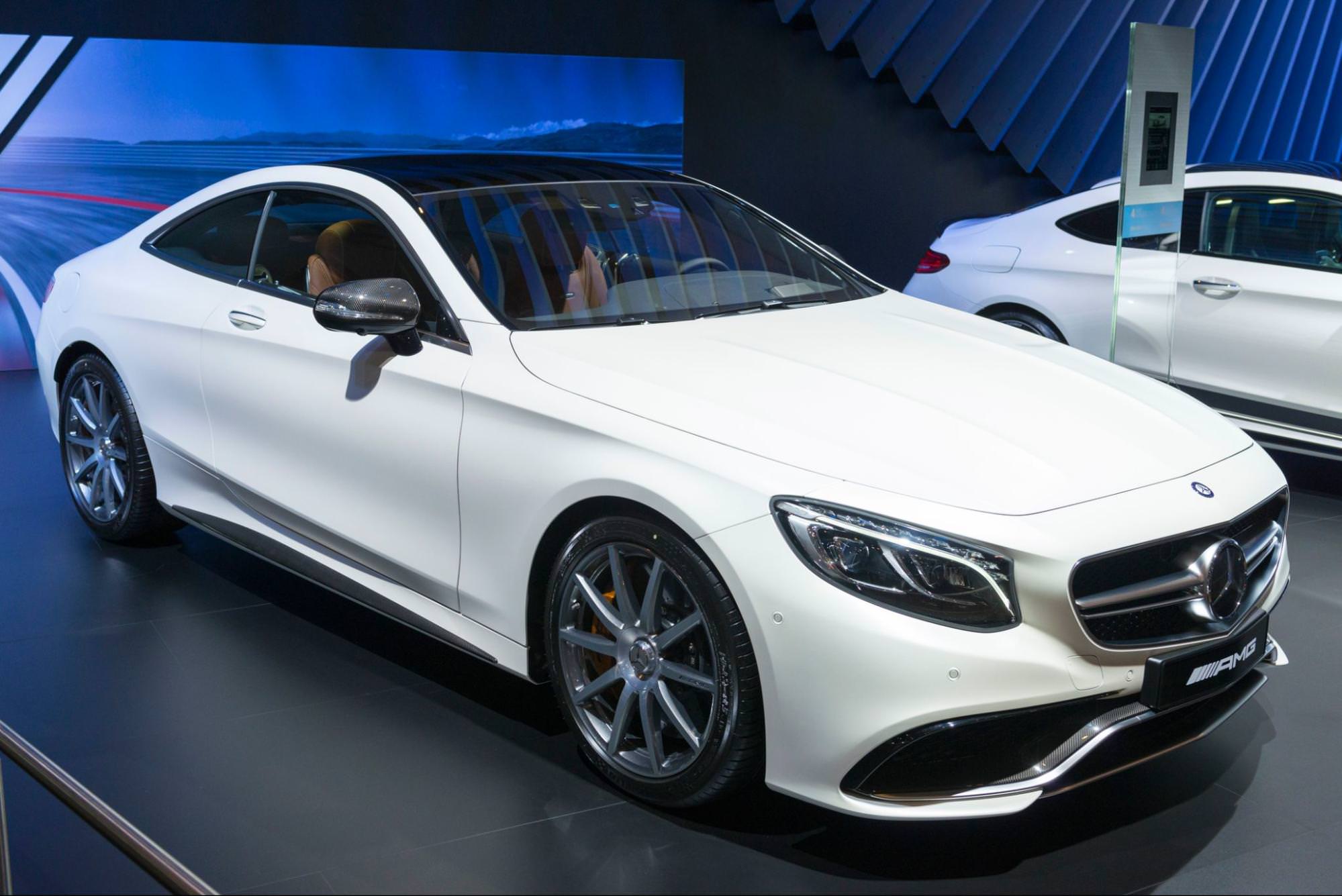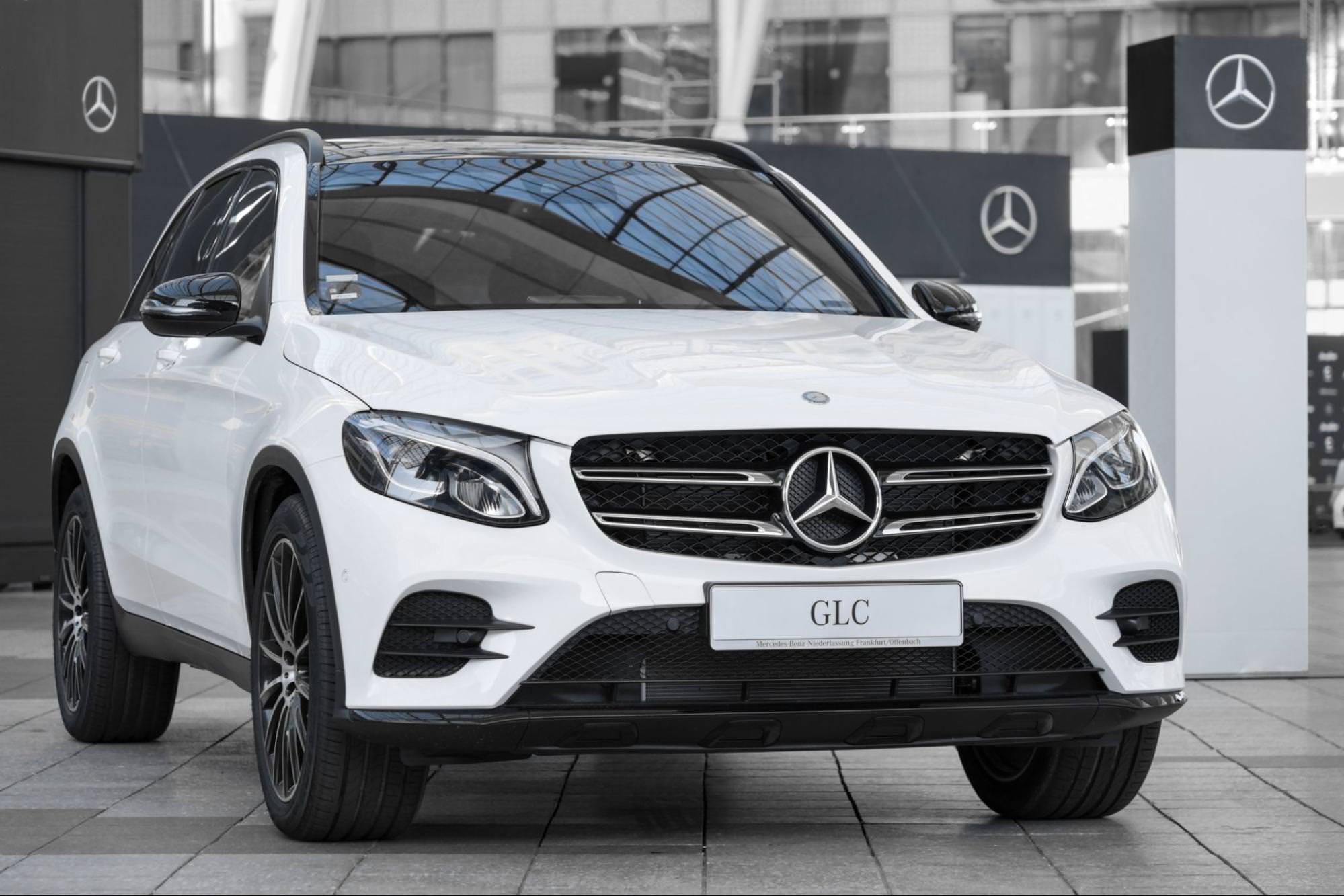- Blog
- 5 Mercedes Facts Every Car Salesman Should Know
5 Mercedes Facts Every Car Salesman Should Know
Discover key Mercedes-Benz facts every car trader should know. From its rich history to popular models across Europe, boost your knowledge and sales potential.

As a car trader, having in-depth knowledge about the brands you sell is crucial. When it comes to Mercedes-Benz, there's a wealth of information that can help you connect with customers and make informed sales.
This article will dive into key facts about Mercedes-Benz that every car salesman should know.
From its rich history to the visionaries behind the brand, we'll cover information that can give you an advantage in the marketplace.
Mercedes-Benz origin and history
It all began in the late 19th century when two separate companies in Germany were working on developing motorized vehicles. These pioneers would lay the groundwork for what would become one of the world's most respected automotive brands.
In 1886, Karl Benz unveiled his Benz Patent-Motorwagen, widely considered the world's first practical automobile powered by an internal combustion engine.
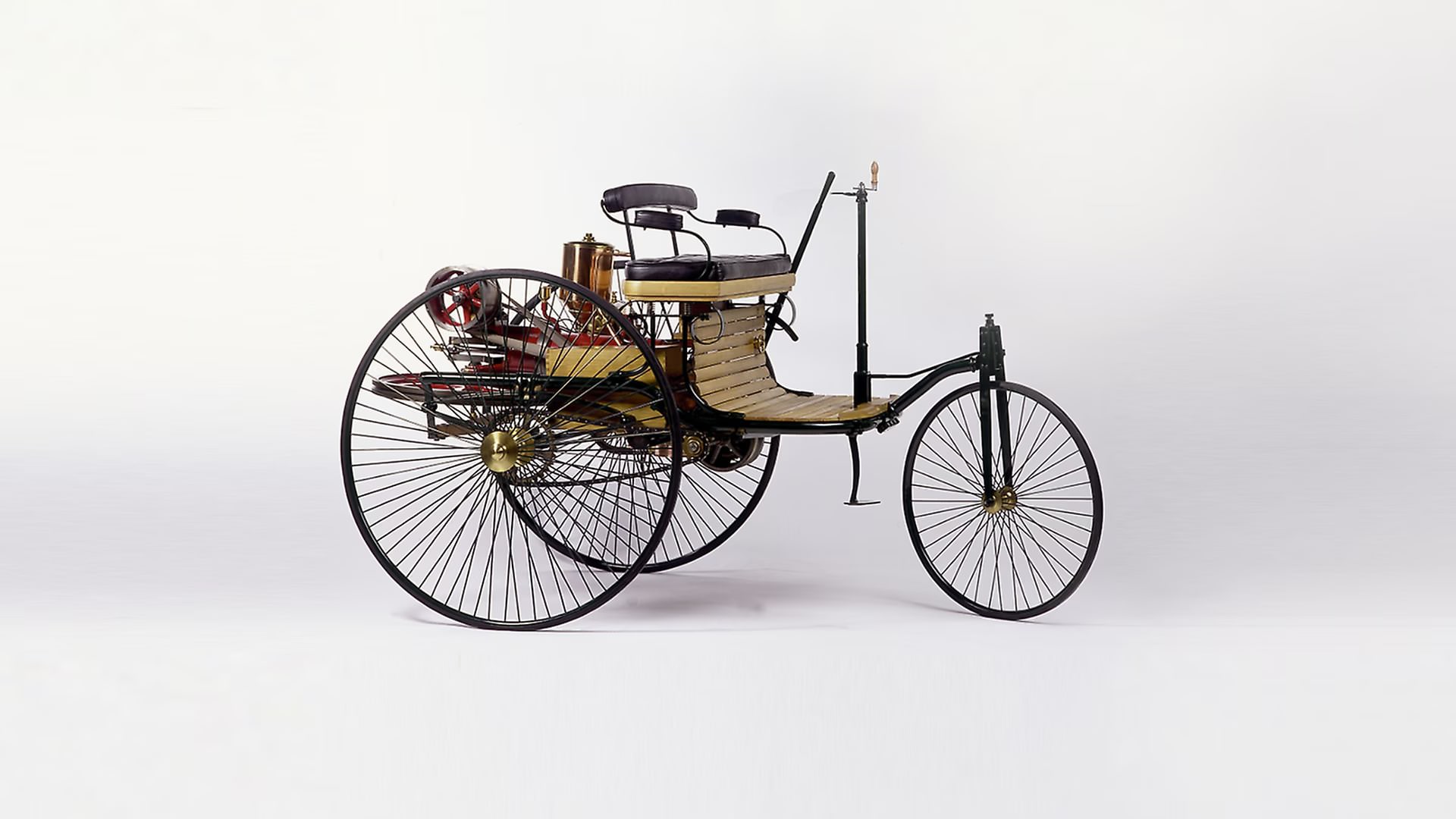
This three-wheeled vehicle marked the birth of the automobile as we know it. But it wasn't just Karl who played a crucial role in the early days of the automobile.
His wife, Bertha Benz, made history when she took the Patent-Motorwagen on the first long-distance automobile trip, driving 106 kilometers from Mannheim to Pforzheim. This journey not only proved the vehicle's reliability but also helped generate publicity for Benz's invention.
Meanwhile, Gottlieb Daimler and Wilhelm Maybach were working on their own motorized carriage. Their efforts culminated in the creation of a high-speed petrol engine, which they used to power various vehicles, including the world's first motorcycle in 1885.
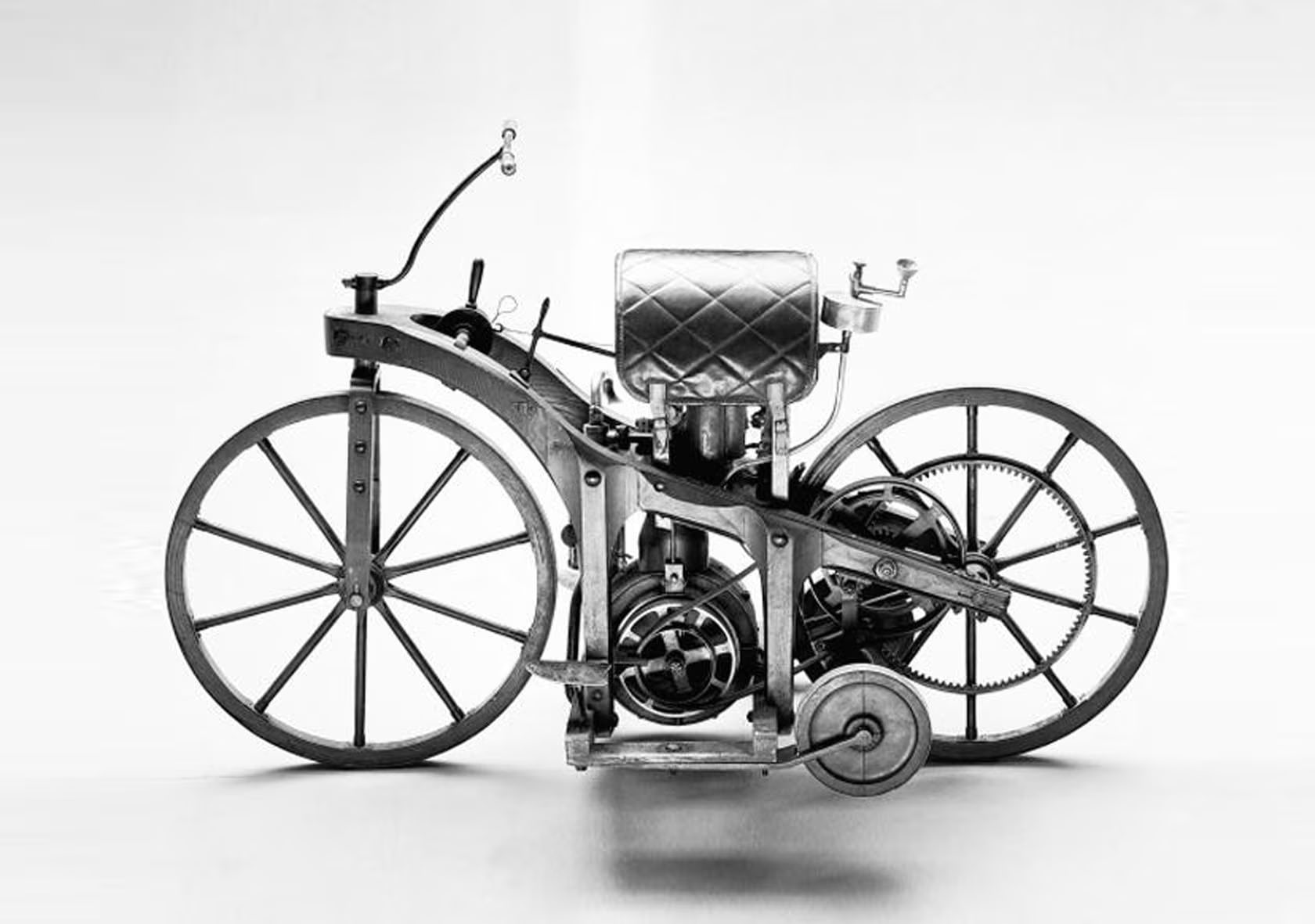
As the 19th century came to a close, both Benz and Daimler had established themselves as leaders in the fledgling automotive industry.
Then, at the dawn of the 20th century, a new name entered the picture. Emil Jellinek, a successful Austrian businessman, began selling Daimler cars and suggested a new line of automobiles be named after his daughter, Mercedes.
The first Mercedes car was built in 1901, and the name quickly gained recognition in the automotive world.
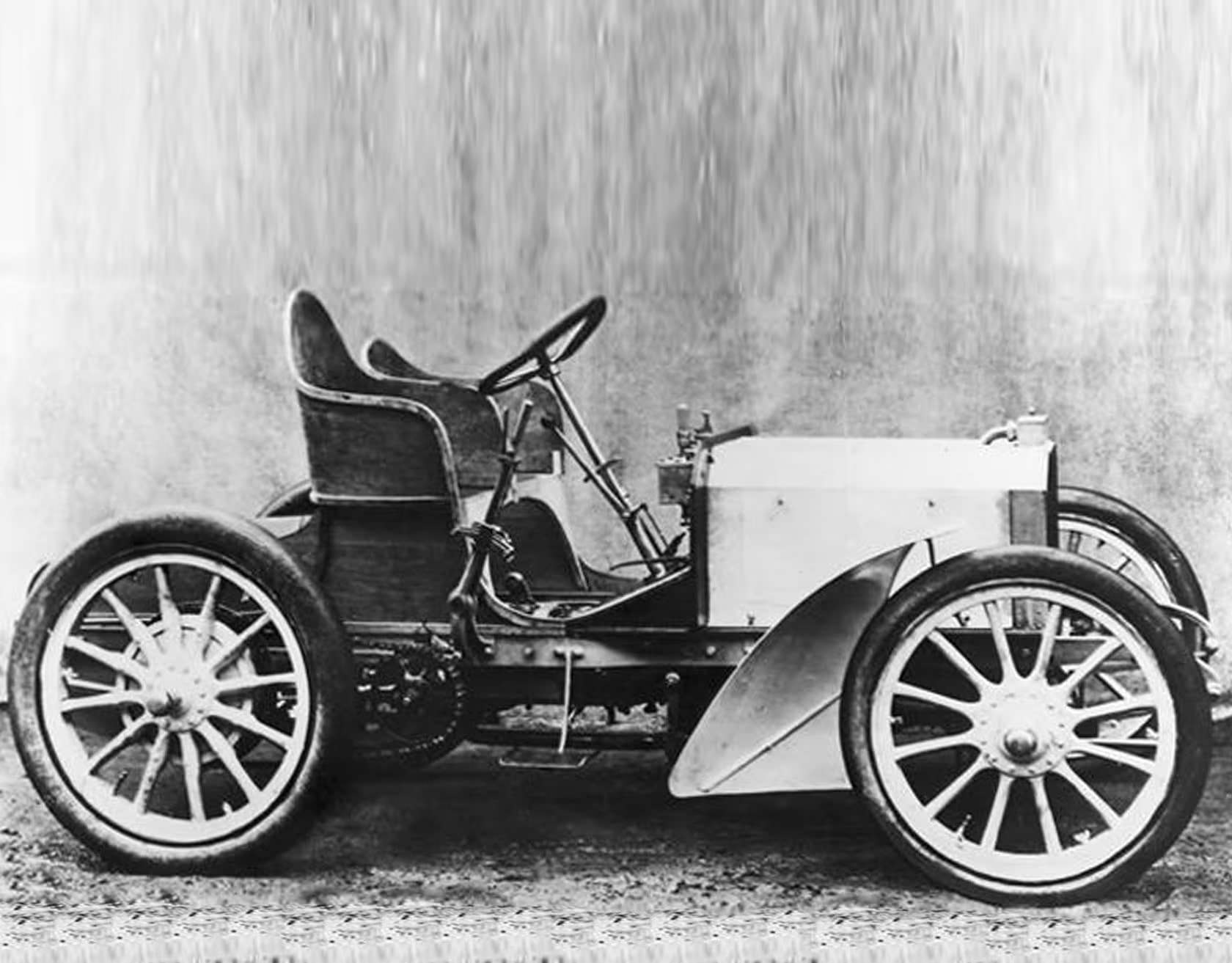
The marriage of these automotive pioneers came in 1926 when the companies founded by Benz and Daimler merged to form Daimler-Benz AG. This union brought together two innovative forces, creating a powerhouse of engineering excellence.
Throughout the following decades, Mercedes-Benz continued to push the boundaries of automotive technology.
In the 1930s, they introduced the world's first diesel passenger car, revolutionizing fuel efficiency. The post-war years saw a focus on safety, with Mercedes-Benz patenting the crumple zone in the early 1950s, a feature that would save countless lives in the years to come.
The 1970s and 1980s were marked by further innovations in safety and performance. Mercedes-Benz introduced anti-lock brakes to passenger cars in 1978, improving vehicle control during emergency stops.
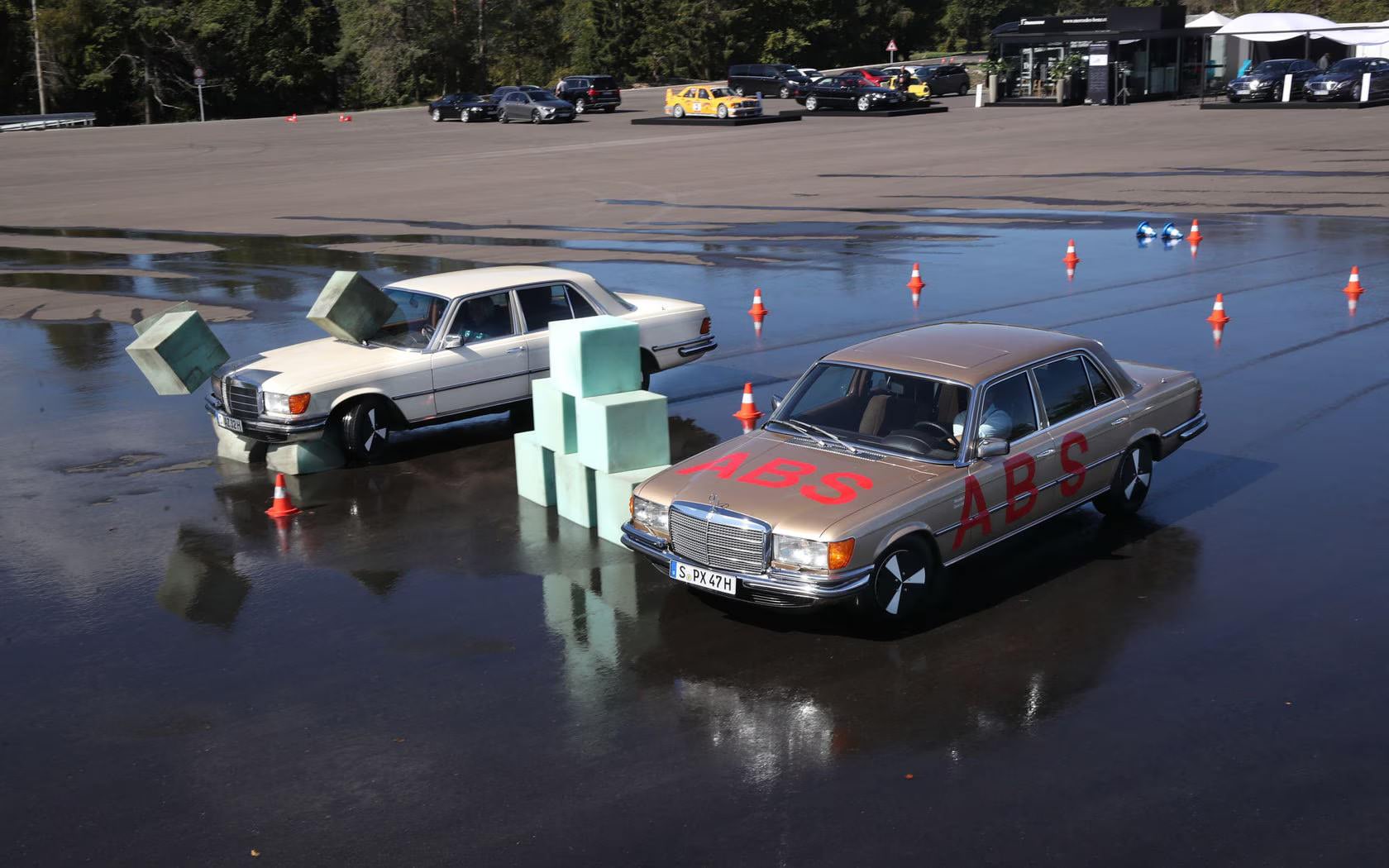
A test comparison from 1978 between a car without ABS and a car with ABS
Just a few years later, in 1981, they became the first to offer airbags in production cars, setting a new standard for passenger protection.
As the automotive world entered the digital age, Mercedes-Benz kept pace. In 1995, they introduced the Electronic Stability Program (ESP), a computerized system that helps drivers maintain control in challenging driving conditions.
In recent years, Mercedes-Benz has turned its innovative spirit towards addressing environmental concerns. In 2014, the company unveiled its first fully electric vehicle, marking the beginning of a new era in sustainable luxury transportation.
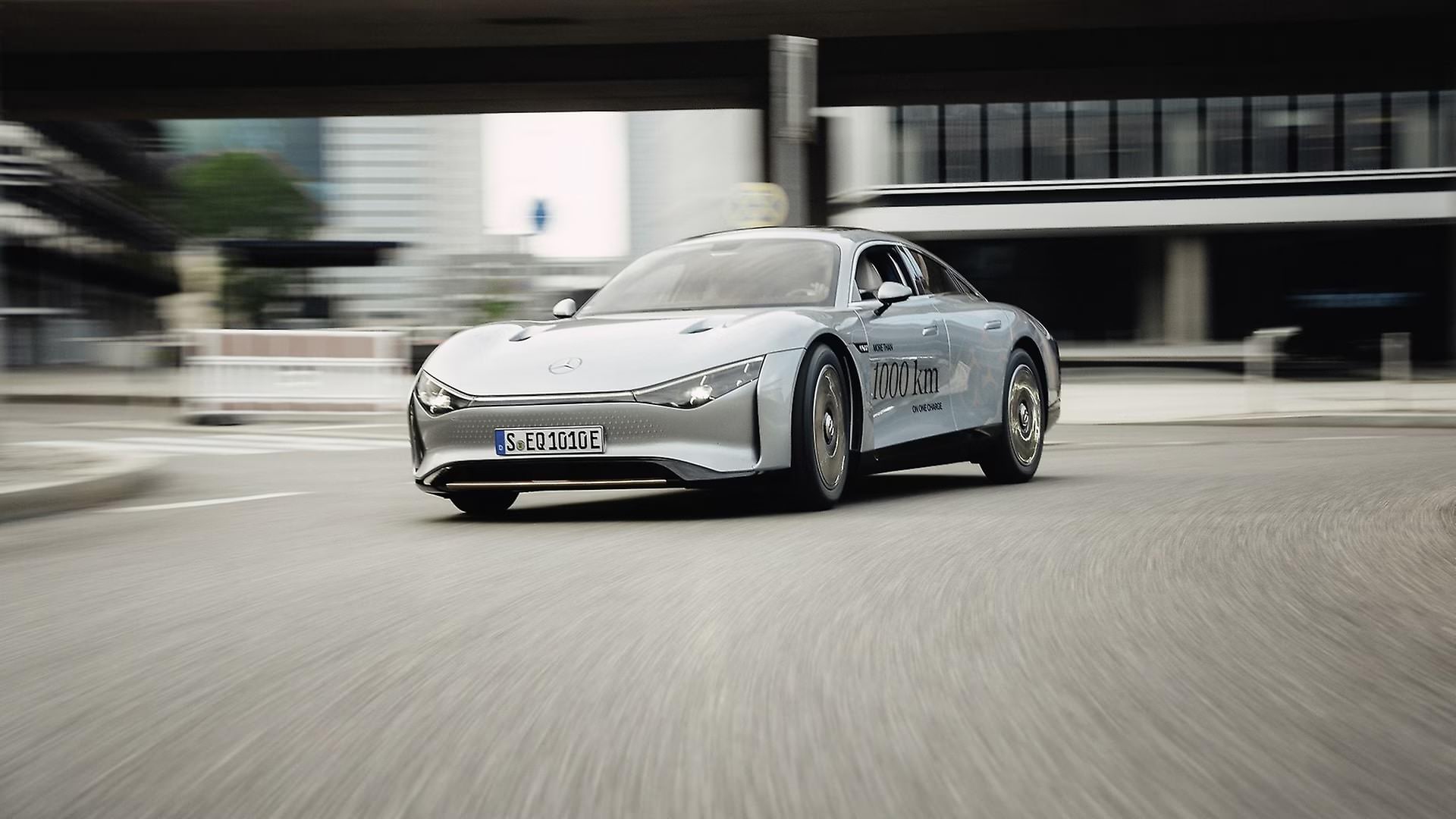
Mercedes-Benz VISION EQXX electric vehicle
Founders and key figures in Mercedes-Benz history
While Karl Benz and Gottlieb Daimler are often credited as the founders of Mercedes-Benz, the company's origins involve several key figures. These individuals played crucial roles in shaping what would become Mercedes-Benz.
Karl Benz
Karl Benz was a mechanical engineer who made significant contributions to automotive technology.
His most notable achievement was the creation of the Benz Patent-Motorwagen in 1886, widely regarded as the world's first practical automobile powered by an internal combustion engine.
Benz's innovations laid important groundwork for modern automobiles.
Gottlieb Daimler
Gottlieb Daimler was another pivotal figure in early automotive history. Daimler focused on developing smaller, higher-speed engines that could be used in various applications.
His work led to the creation of the first motorcycle and significant advancements in engine design. Daimler's versatile engines found use not just in automobiles, but also in boats and airships.
Wilhelm Maybach
Often referred to as the "King of Designers," Wilhelm Maybach was a close collaborator of Gottlieb Daimler and instrumental in developing many of Daimler's engine designs.
He also created the first Mercedes car in 1901, named after the daughter of Emil Jellinek, a prominent Daimler customer. Maybach's designs were known for their innovation and quality.
Bertha Benz
Bertha Benz was a pioneering figure in automotive history. In 1888, Bertha made history by undertaking the first long-distance automobile trip, driving 106 kilometers from Mannheim to Pforzheim in a Benz Patent-Motorwagen.
This journey not only proved the vehicle's reliability but also provided valuable feedback for improvements. Bertha's trip was a significant marketing coup, generating publicity and demonstrating the practical use of the automobile.

Founders and pioneers of Mercedes-Benz
5 interesting facts about Mercedes-Benz
As a car trader, especially one whose focus is on a B2C market, knowing interesting facts about Mercedes-Benz can help you engage customers and start building a relationship with them right from the start.
Mercedes fun fact #1: The origin of the name
The Mercedes brand name has an interesting story behind it. In 1900, Emil Jellinek, a successful Austrian businessman and passionate car enthusiast, ordered a specially designed car from Daimler-Motoren-Gesellschaft. He named this car after his daughter, Mercedes. The car was so successful that the Mercedes name was adopted for all Daimler cars from 1902 onwards.
Mercedes fun fact #2: The three-pointed star
Have you ever wondered about the meaning behind the iconic Mercedes-Benz logo? The three-pointed star was first used in 1909 and symbolizes Daimler's ambition for universal motorization - "on land, on water, and in the air." The logo represents the company's early diversification into engines for various types of vehicles.
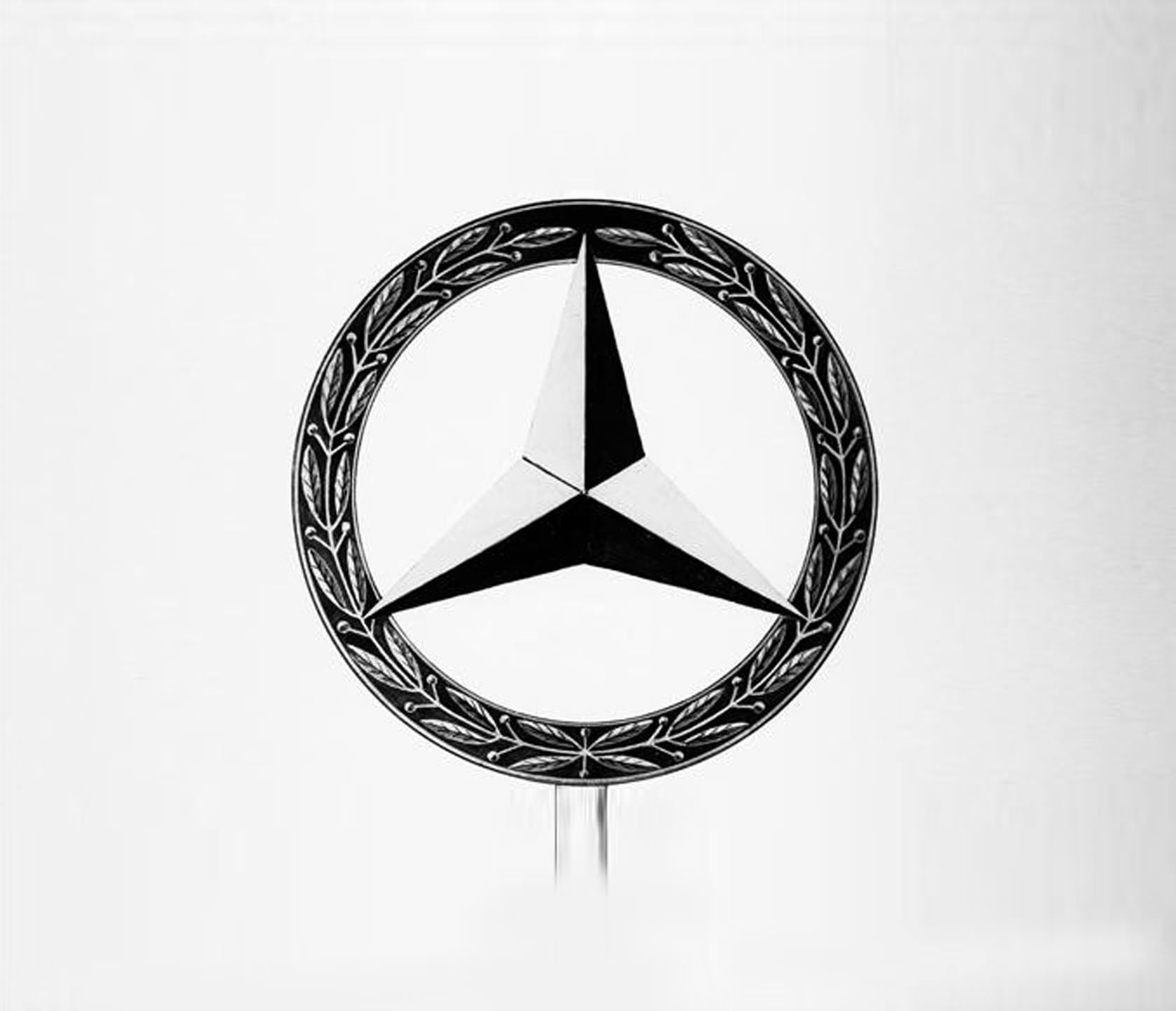
Mercedes fun fact #3: Racing heritage
Mercedes-Benz has a rich history in motorsports, dating back to the early 1900s. They've had particular success in Formula One, with their engines powering many championship-winning cars. This racing pedigree has influenced the performance and technology in their road cars. For customers interested in performance, this connection to racing can be a compelling selling point.
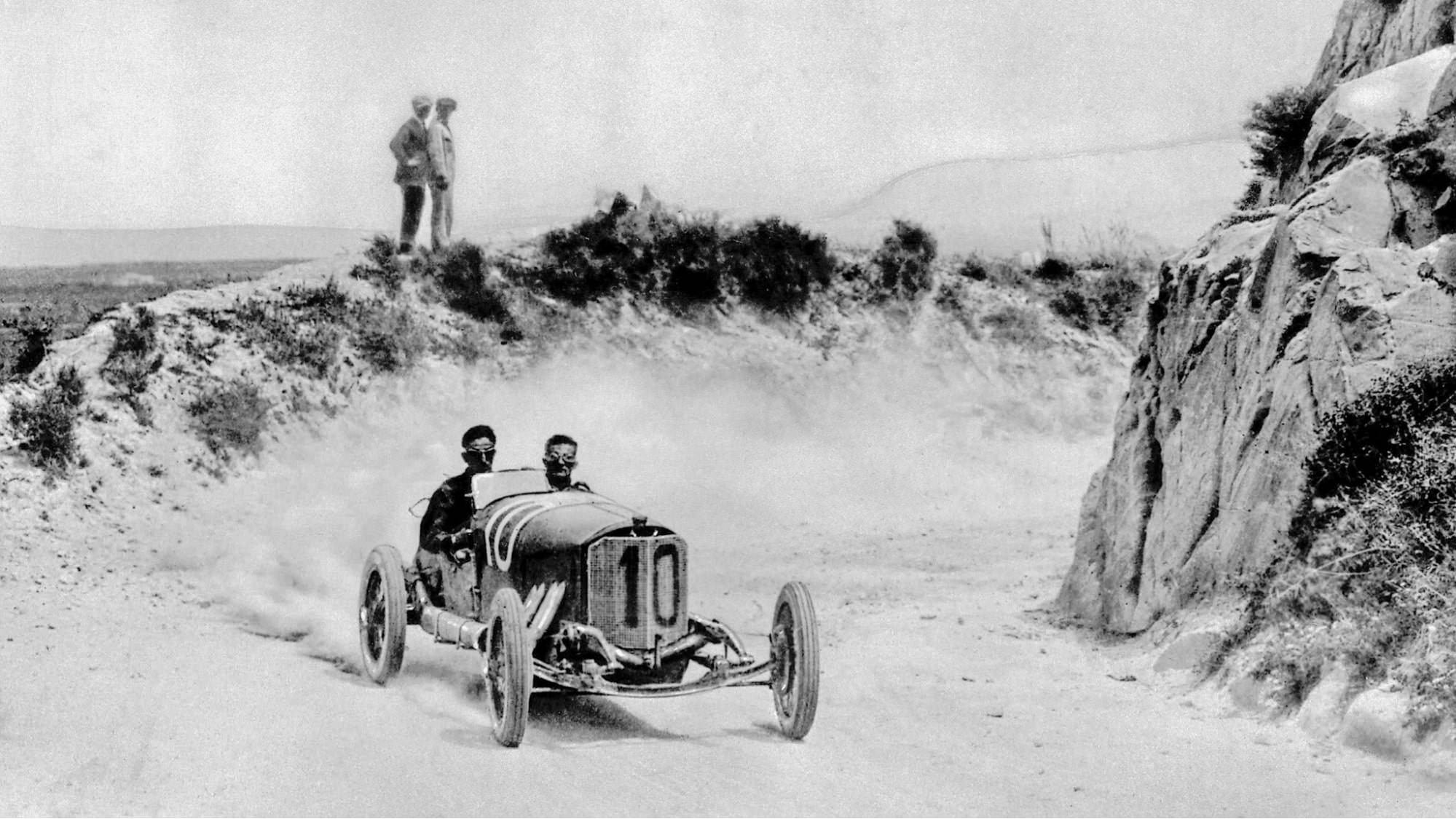
Madonie race course in Sicily, 1924
Mercedes fun fact #4: Luxury cars for heads of state
Mercedes-Benz has long been associated with luxury and prestige. Did you know that the company has been providing official state cars for many countries? The most famous might be the Popemobile, a specially modified Mercedes-Benz M-Class.

Mercedes fun fact #5: The experimental safety vehicle
In 1970, Mercedes-Benz created a series of experimental safety vehicles that looked like they came straight out of a science fiction movie. The most notable was the ESF 05, which featured airbags all around the interior, including knee and side airbags, automatic seatbelts, and a padded interior. It even had a radar-based automatic braking system - decades before such systems became common. While it never went into production, many of its features eventually found their way into regular Mercedes cars.
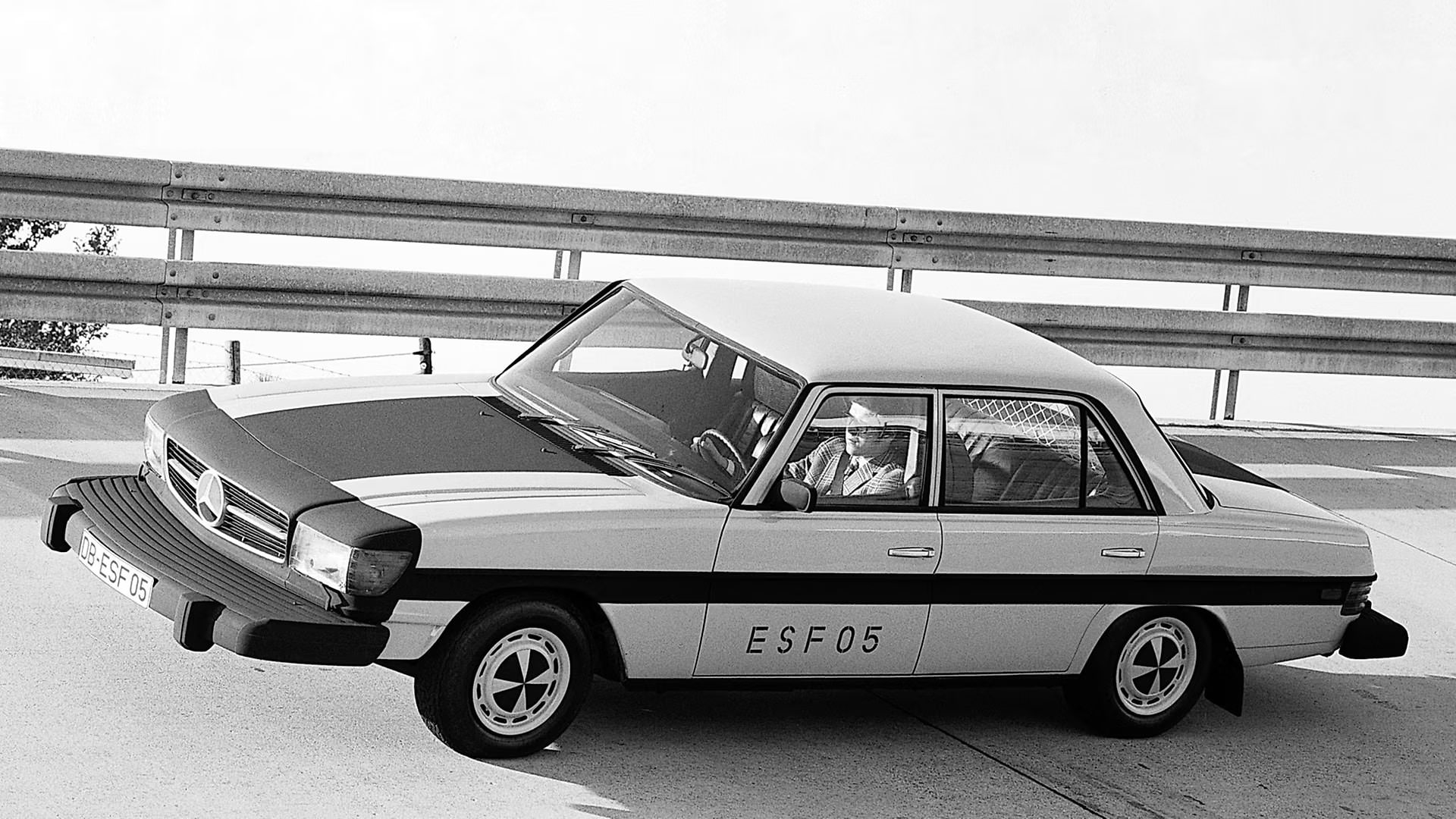
Mercedes-Benz ESF 05 experimental safety vehicle
Most popular Mercedes models
As a car trader, understanding the market dynamics of popular Mercedes-Benz models can help you make informed decisions about inventory and sales strategies.
C-Class
The C-Class is a versatile addition to any dealership's inventory. Its wide range of variants allows you to cater to different market segments without overstocking. The sedan models tend to have quicker turnover rates, while the estate versions often command higher profit margins due to their niche appeal.
Where is C-Class most popular?
In Germany, the C-Class is a staple for corporate fleets, often purchased in bulk by companies for their executives. It's also popular among small to medium-sized businesses looking for a prestigious yet practical company car. In Italy and Spain, the diesel variants of the C-Class are sought after by business users for their fuel efficiency on long-distance trips.
E-Class
The E-Class is a strong performer in the business and fleet sectors. Its reputation for durability makes it attractive for high-mileage applications like taxis or executive car services. The diverse engine range allows dealers to stock models that meet specific local tax or emissions regulations. The E-Class also tends to hold its value well, which can be advantageous when dealing with leasing companies.
Where is E-Class most popular?
Germany remains the E-Class's strongest European market, where it's a top choice for taxi companies, presenting opportunities for bulk sales and ongoing service contracts. In Switzerland and Austria, the E-Class estate is particularly popular among businesses that require a blend of prestige and practicality. In the Nordic countries, the E-Class's reputation for reliability and safety makes it a favorite for executive car services and high-end car rental firms.
S-Class
The S-Class, while a lower-volume seller, offers high profit margins. It's worth noting that S-Class customers often have specific requirements, so having a wide network of contacts for sourcing particular configurations can be a significant advantage.
Where is S-Class most popular?
In Germany, the S-Class is favored by large corporations for their top executives, often purchased as part of fleet deals that include other Mercedes models. The UK market sees demand from luxury chauffeur services and high-end hotels, particularly in London.
GLC
The GLC's popularity in the compact luxury SUV segment makes it a fast-moving item in many markets. Its lower price point compared to larger Mercedes SUVs means it can be a volume seller, helping to boost overall sales figures. From a servicing perspective, many components are shared with C-Class models, which can help streamline your parts inventory.
Where is GLC most popular?
In Germany, the GLC is favored by small business owners and entrepreneurs as a dual-purpose vehicle that serves as both a family car and a business vehicle. In France and Italy, there's growing interest from car rental companies adding premium SUVs to their fleets, especially in tourist-heavy regions.
Second-hand Mercedes cars available on eCarsTrade
For car traders looking to expand their inventory with quality used Mercedes-Benz vehicles, eCarsTrade is a great resource.
Our platform offers a wide range of second-hand Mercedes models, from popular choices like the C-Class and E-Class to the CLA-Class and A-Class.
Using eCarsTrade, you can find Mercedes cars of various ages and conditions to suit different needs and budgets.
Remember, Mercedes-Benz cars often hold their value well, making them attractive options in the used car market. By offering these vehicles, you can cater to customers looking for luxury and performance at a more accessible price point.
eCarsTrade's blog features curated lists and rankings of:
Browse our used cars